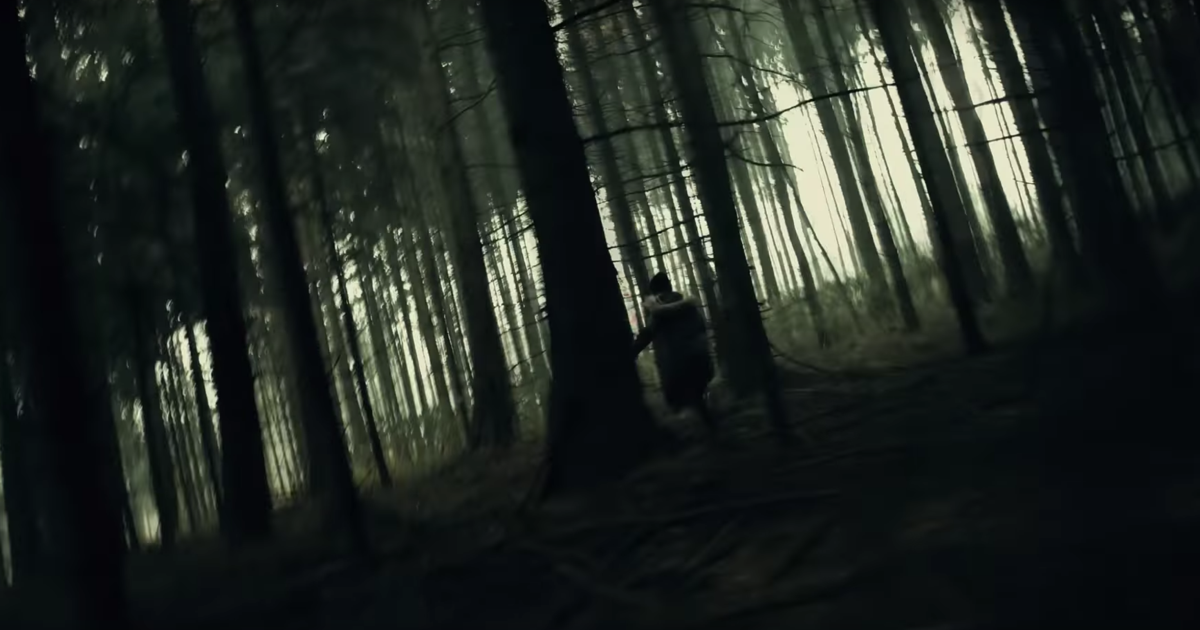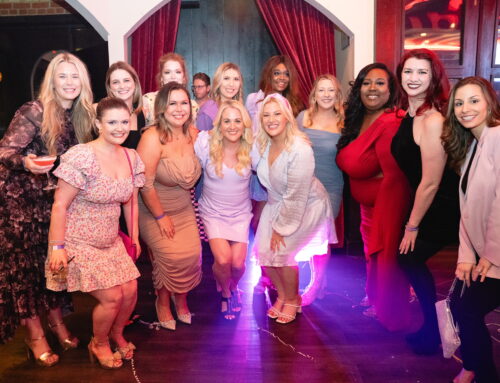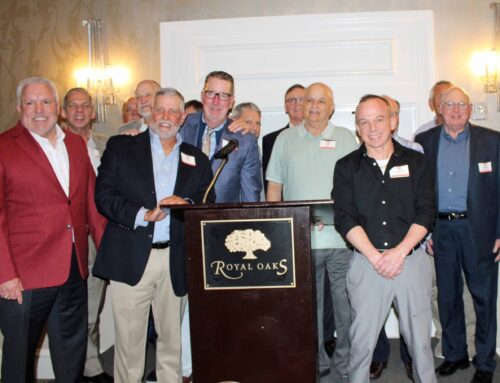
Blair Witch
The first found-footage horror flick, The Blair Witch Project (1999) never really lived up to its potential as a film or a franchise. The concept and the mythology behind it were solid, but like its ill-fated cast the movie ran around in circles before coming to an abrupt and unfortunate end. It had barely scratched the surface of its potentially when the ill-advised sequel Book of Shadows: Blair Witch 2 killed the whole thing in its prime.
Nevertheless, the movie’s cult status inspired a whole generation of filmmakers to experiment with the sub-genre, a few of which have pushed its limited boundaries in impressive and unexpected ways — so much so that if The Blair Witch Project counts as ahead of its time, then its successor has arrived way too late.
Adam Wingard’s (V/H/S) sequel/reboot Blair Witch is really just a remake in disguise, bogged down by a bad case of “Same thing, just more of it” — more people wandering aimlessly in the woods, more bickering, more nausea-inducing camerawork, more bad improv, etc. There are a couple of noteworthy differences: there’s a little bit more at stake, and the final act actual expands and improves upon the ending of the original.
Once again, a pack of doomed twentysomethings heads into the woods surrounding Burkittsville, MD, ground zero for legends of witches and serial killers. James (James Allen McCune) is the younger brother of Heather, the film student who lead her crew to an unfortunate end in the woods in the first movie. He’s been obsessed by her disappearance ever since, and when possible footage of her from a DV tape turns up on the internet, he decides to investigate. His friend Lisa (Callie Hernandez) tags along to make a documentary of his trip; they are also joined by James’ childhood friend Peter (Brandon Scott) and Peter’s girlfriend, Ashley (Corbin Reid). They are joined by creepy locals Wade (Wes Robinson) and Talia (Valorie Curry), who found the tape in the woods and insist on tagging along.
Every single one of them is wired for video in some form or fashion, ranging from earpiece mini-cams to wireless digital cameras to a cheap drone. It’s interesting to see how much technology has changed since 1999, especially in terms of film-making. All those portable cameras allow for the kind of shots and angles that found-footage movies aren’t known for — which works against the verisimilitude of the whole thing.
The characters are all stock horror victims — er, characters — as are the tropes. (Hell, Wingard can’t even resist killing off the African-American guy first.) There are a few nicely creepy details, but the story (such as it is) plays out almost exactly like the first film, making it horribly predictable until the aforementioned third act, a more elaborate and nuanced version of the house-in-the-woods finale of the original that boasts some truly tense moments. However, the run-up to it is so half-assed that it’s hardly worth effort.





